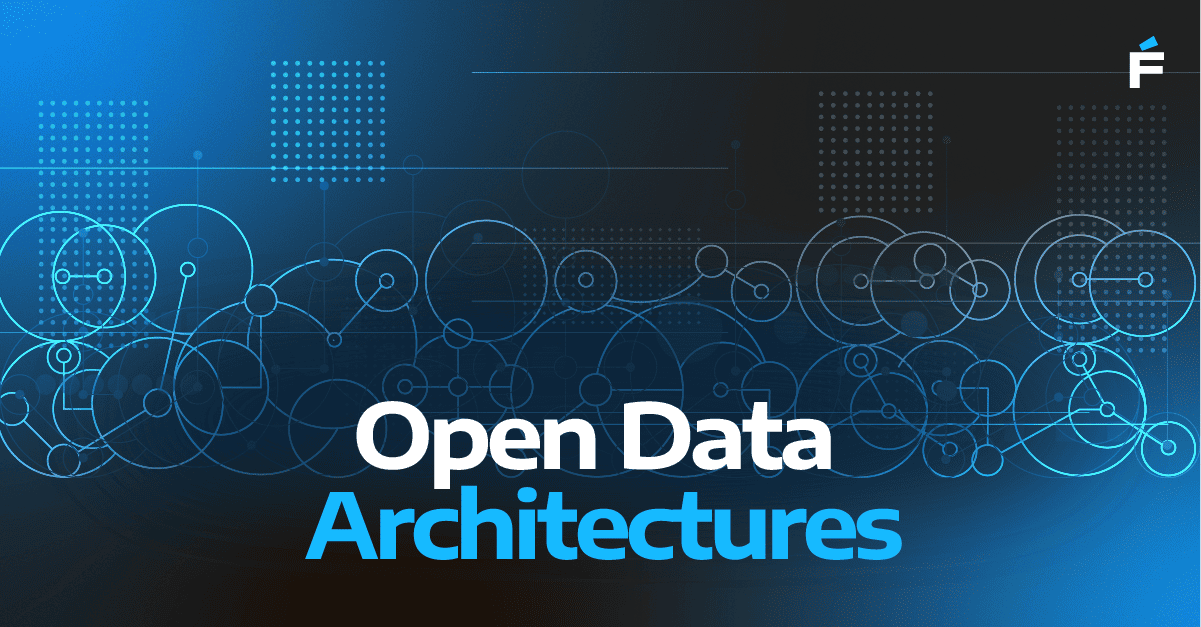In today’s rapidly evolving technological landscape, leaders in our organizations face an important moment. This period, marked by significant changes in technology, particularly the progress around large language models and generative AI, demands our attention and adaptability. As we navigate these advancements, it’s crucial to understand the implications for our businesses and how we can strategically position ourselves for success.
Over the past three decades, the technological landscape has undergone tremendous transformation. From the days when email was a novelty and the Y2K problem loomed large, to the advent of JavaScript frameworks and the shift to cloud computing, we have witnessed a series of paradigm shifts. Each phase of this evolution has reshaped how we build, run businesses, and manage our organizations.
My journey in technology has been equally transformative. I’ve worked on both the buy and sell sides of the equation, building products and providing consulting services. My experience ranges from early AI research with Ray Kurzweil in the late '90s to helping the transition of a desktop software company to a full SaaS product. These experiences have shaped my holistic view of technology and its impact on our world.
The Strategic Inflection Point - The Rise of GenAI

We find ourselves at what I term a “strategic inflection point,” a concept coined by Andy Grove in “Only the Paranoid Survive.” This moment requires companies to fundamentally change their business strategies to avoid obsolescence. With the rapid developments in generative AI, we face significant uncertainty. While we are excited about the potential of these technologies, the exact path forward remains unclear. As leaders, we must navigate this uncertainty and make strategic decisions that future-proof our organizations.
Generative AI is poised to revolutionize software development. It enables us to produce more and better code, accelerating the creation of software platforms. As generative AI continues to improve, the way we develop software will change significantly. This shift towards software as a commodity means that our traditional development teams will need to adapt, potentially requiring fewer people but deeper expertise.
«As leaders, we must navigate this uncertainty and make strategic decisions that future-proof our organizations.»
Data: The Backbone of Future Organizations

The exponential growth of data, amplified by generative AI, presents both opportunities and challenges. To remain competitive, organizations must harness this data effectively. This requires robust data engineering to ensure data is highly available, of high quality, and capable of training models rapidly. Data engineering will be at the core of future technology organizations, enabling us to make informed decisions and stay ahead of the curve.
As we embrace generative AI, our technology organizations will need to evolve. Three key roles will emerge:
- Data Engineers: Critical for managing the influx of data and ensuring it is usable across the organization.
- Prompt Engineers: Specialists who understand how to train and utilize large language models effectively.
- AI Task Forces: Teams that combine diverse skills to implement AI solutions that drive significant value and productivity.
Organizations must invest in these capabilities to leverage AI’s full potential and stay competitive in the ever-changing technological landscape.
Embracing and Leading the Change in Professional and Personal Lives
Technological advancements impact both our professional and personal lives. The advent of the iPhone, for instance, transformed how we interact with the world. Similarly, AI is reshaping our daily experiences and will continue to do so. While there are concerns about job displacement, AI offers opportunities for increased productivity and improved quality of life. It’s essential to view AI as a spectrum of techniques that combine human and machine strengths.
As AI becomes more integrated into our lives, it’s important to remember that humans will remain in the loop. AI’s true potential lies in augmenting human capabilities, not replacing them.
As leaders, it’s our responsibility to guide our organizations through this inflection point. We must embrace the opportunities presented by generative AI, invest in data engineering, and adapt our organizational structures to leverage AI’s capabilities. By doing so, we can ensure that our companies remain competitive and thrive in this new technological era.
I invite you to share your thoughts and experiences on how your organizations are adapting to these challenges:
- How are you managing and governing your data, ensuring that it drives your organization?
- How are you designing your teams to include data and prompt engineering talent?
- What partners are you finding to support your journey?



.png)

